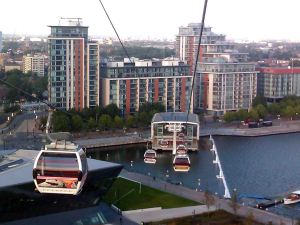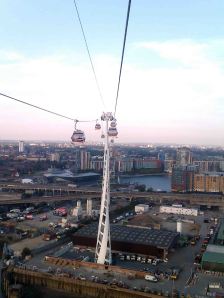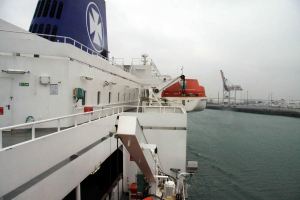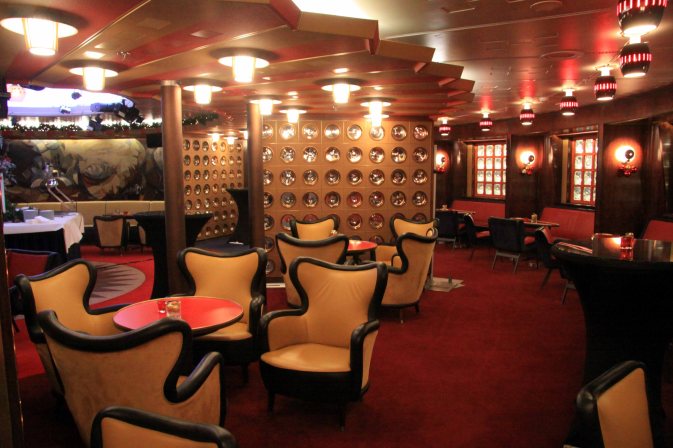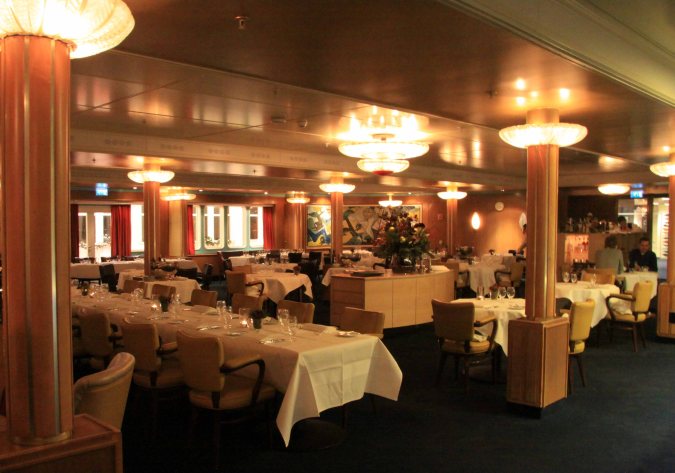Sometimes first impressions are shaped as much by the place you just left as they are by the one you’re arriving in. I will always feel right at home in Australia because when I set foot in Sydney for the first time it immediately felt so much more British – or at least British – than California, which I had left fourteen hours thirty minutes and two days before on the other side of the International Date Line. As implausible as it sounds, I couldn’t quite shake the impression that United Airlines had deposited me in a giant, Pacific Rim Bournemouth, where the people were younger and the thermostat was set a little higher. It was a similar mélange of water, bungalows and affluence, though pies and Devonshire cream teas featured more prominently in Sydney than in southern England.
Something similar happened the day I first saw Buenos Aires.
We had left our hotel in Rio de Janeiro in a morning panic of heavy traffic and bad driving. With mountains restricting access to the central business district from its affluent coastal strip Rio’s rush hour is truly infernal; it makes London’s look like the joys of the open road. Despite his inability to steer a steady course our cab driver seemed determined to break a few world records – or necks – before the ride was over. Deposited early at Rio’s international airport, we had plenty of time to savour its damp, mouldering brutalist charms. My partner had an extended row with his bank in the UK by phone over its arbitrary decision to stop his ATM card from working. It was a dismal last taste of the cidade maravilhosa.
And then we arrived in Argentina and everything seemed to click into place. In contrast to the careworn, atrasado air of Rio-Galeão the Aeroparque Jorge Newbery created a snappy, businesslike first impression, with crowds striding purposefully across gleaming tiled floors. Gone were Rio’s exotic hills and dramatic beaches: in their place was architecture, something which had seemed almost incidental in Rio, for all Oscar Niemeyer’s efforts.
My sleep-deprived brain was back in Europe. On the smooth flight from Rio to Buenos Aires we’d fallen through a wormhole and somehow disembarked in a well-chosen anthology of the European Union’s Greatest Hits: Paris meets Madrid with an Italian accent, echoes of London and an unexpected schluck of upmarket Düsseldorf – sometimes all in the same street.
That feeling of ‘which continent is this?’ was to stay with me for the duration of our time in Argentina’s capital. It was reinforced that first afternoon on the Avenida de Mayo. Buenos Aires’ principal boulevard is a stunt double for the Champs Elysées and prima facie evidence of the city’s claim to be the Paris of South America, from its Subte metro stations to its turn-of-the-century arcades and impeccably Haussmann elevations. We stopped at an ice cream parlour; the gelato was delicious. We were surely in Italy?
But the red cast iron postboxes were British through and through, their manufacturer’s names that intriguing mix of Hispanic forenames and British family ones that underlined how comfortably the Anglo- prefix once sat with the Argentine. The vast, derelict Harrods in Calle Florida is so fine and so central it’s a wonder the parent company hasn’t thought to reopen it. Everywhere there were branches of a clothing company whose brand name – Kevingston – paid unintended (if somewhat abbreviated) tribute to the glory of London’s former mayor. The smell of the Subte, the look of its century-old stations, the resigned, bored look of its commuters: all of these whispered ‘home’ to a misplaced Londoner.
Lovely, colonial San Telmo bore the stamp of Spain still, but the sleek dockside towers of the nearby Puerto Madero were Germanic in their smartness and modernity, complete with Mercedes dealership.
Where Rio’s rugged terrain and incomplete public transport had made exploring it a challenge, Buenos Aires was an easy city to explore on foot. And as we did so it became increasingly obvious that it has charms all of its own, which don’t need constant reference to European originals to give them meaning: vibrant painted facades in La Boca, Palermo Soho and Palermo Hollywood, the shock of subtropical colour that Jacaranda blossom lends those Parisian-style boulevards; the disarming warmth and friendliness of the people.
But inevitably, first impressions linger, even in a city as large and sophisticated as this. And all things considered, Europe’s Greatest Hits isn’t such a bad place to start.



